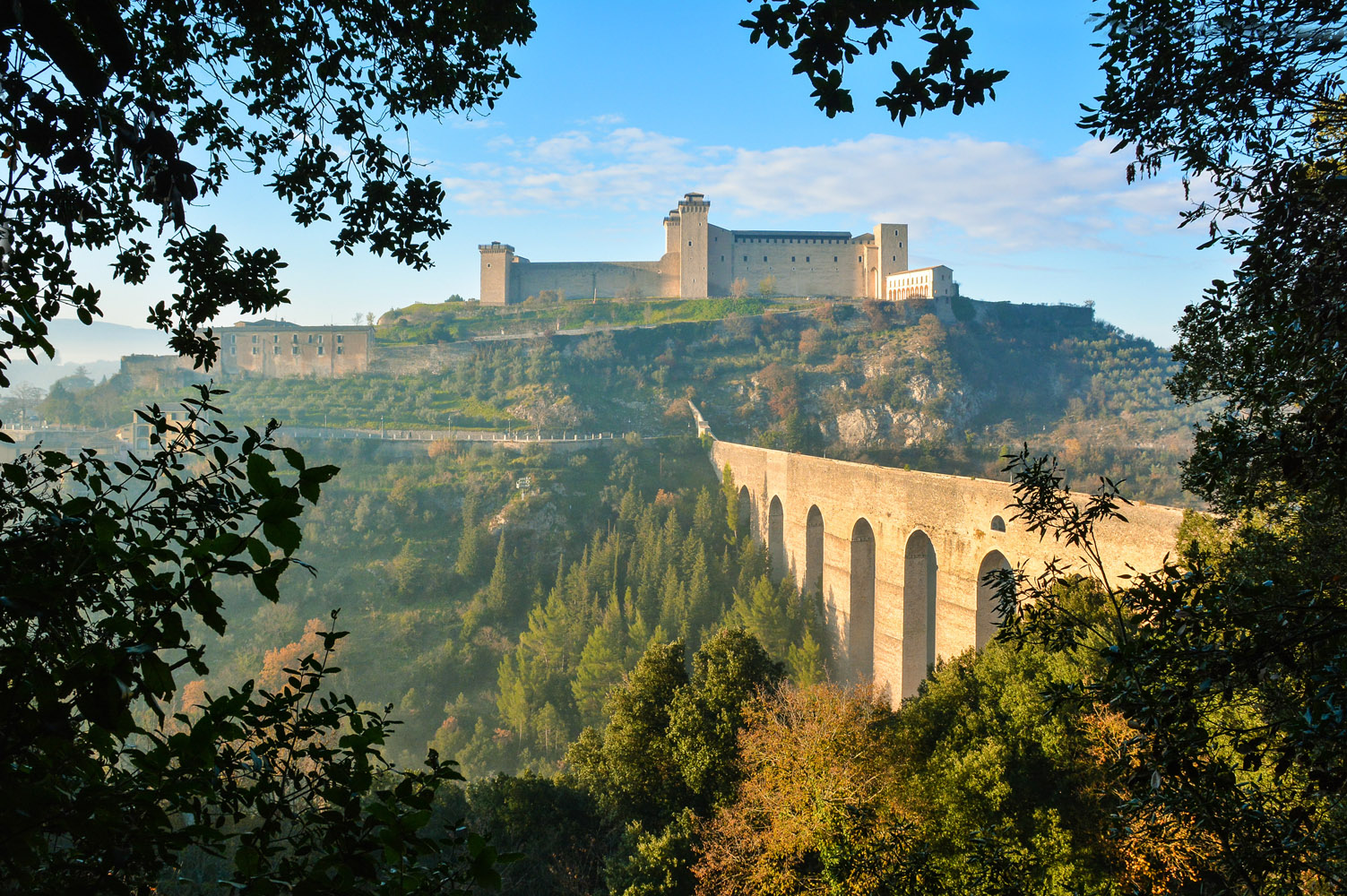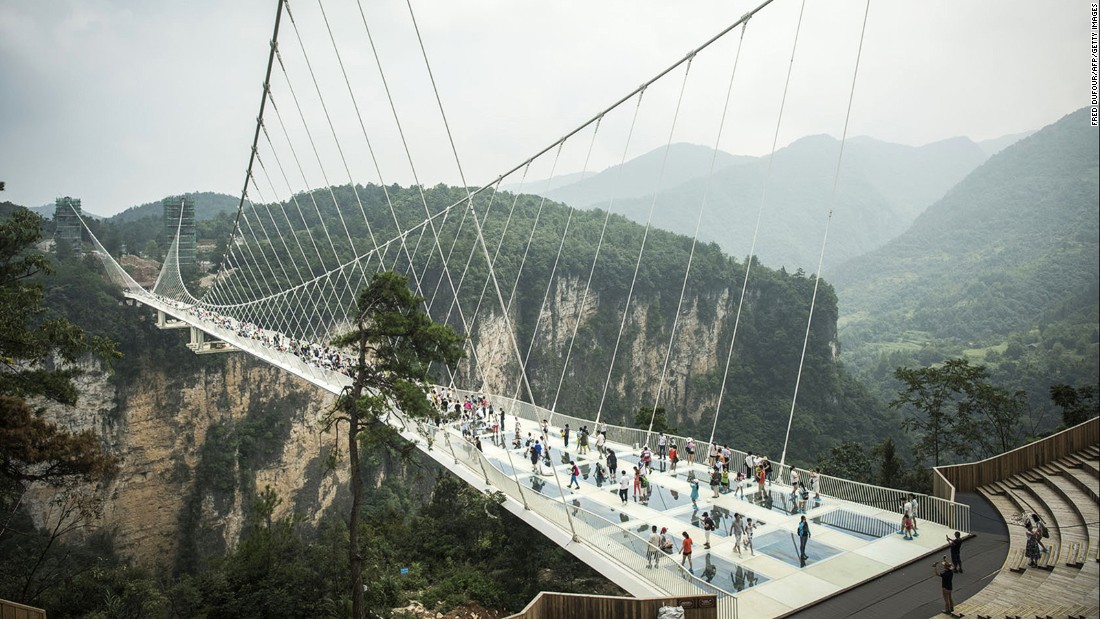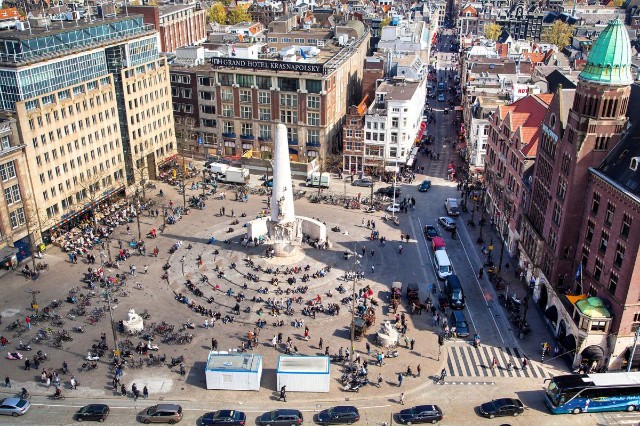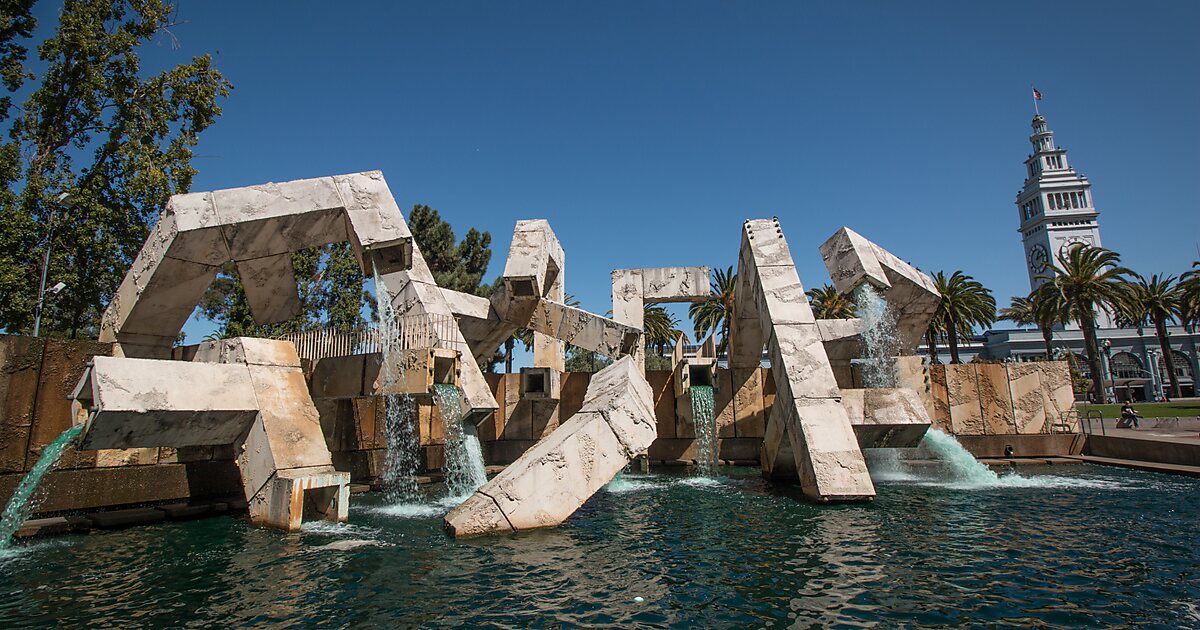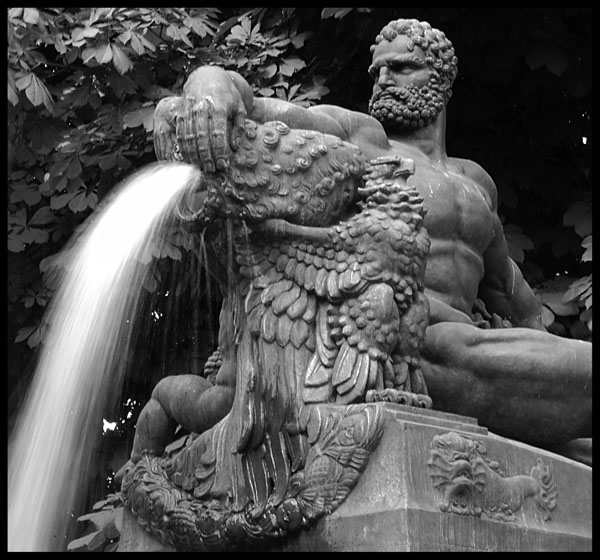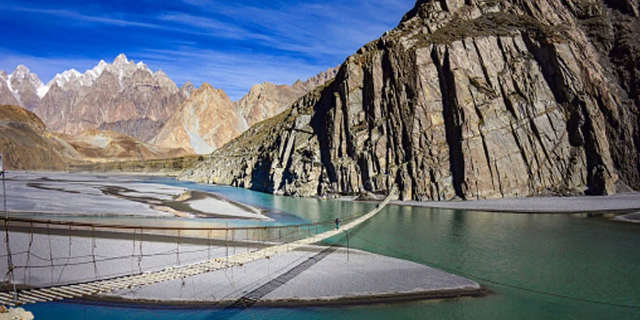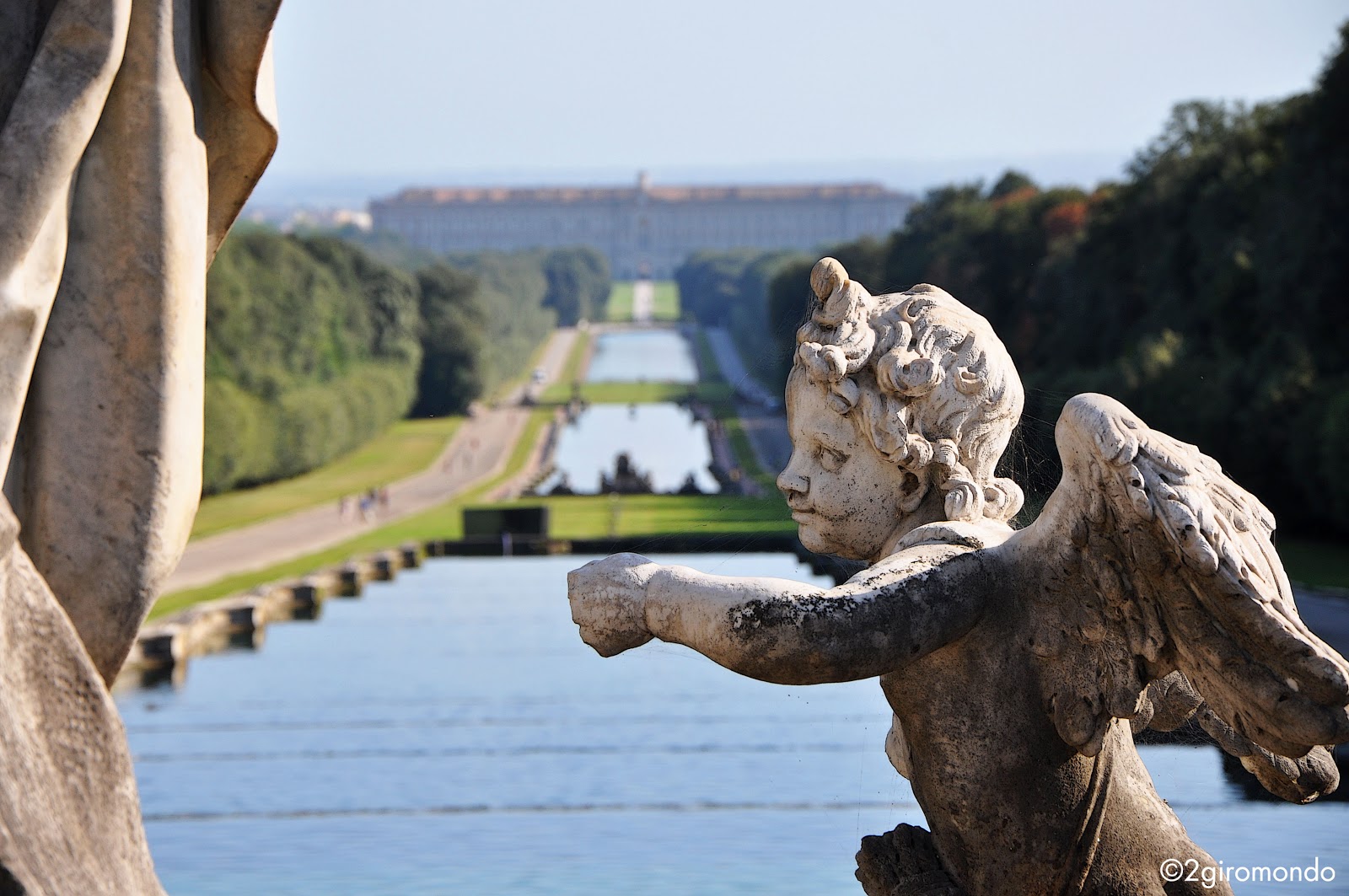Walking around the Rocca Albornoziana, you can’t help but notice the famous Ponte delle Torri, symbol of the city of Spoleto.
This bridge, of ancient origins, has recently been closed to pedestrian passage for stability reasons after the earthquakes that struck this area of Italy.
It’s not still clear the epoch to which it goes back, but it’s supposed that the aspect that we can still see today is of the XIV century, in the late Middle Ages, and that it was built on an already existing structure of Roman epoch.The Bridge of the Towers, among the greatest constructions in masonry of the ancient age, high well 80 meters and long around 230, had functions of aqueduct, bringing in the city the water of the mountain through the channel placed on its summit. Another of its functions, which it still retains today, was that of connection between the historical centre of Spoleto and Monteluco, thanks to the presence of a walkway that runs along the northern slope.
Made of local limestone is supported by nine pillars connected by ogival arches.
Over the centuries, the bridge has always fascinated travellers and important historical figures and is still one of the most famous and picturesque monuments in Spoleto. Significant is the phrase of Johann Wolfgang von Goethe:
"I went up to Spoleto and I have also been on the aqueduct, which at the same time is a bridge between one mountain and another. The ten arches above the whole valley, built of bricks, stand securely through the centuries, while the water flows perennially from one end of Spoleto to the other. This is the third work of the ancients that I have before me and of which I observe the same imprint, always grandiose. The architectural art of the ancients is really a second nature, which works in accordance with the civil uses and purposes. It is in this way that the amphitheatre, the temple, and the aqueduct were built. And now I feel with how much reason I have always found detestable the buildings made at whim (…). All these things were born dead, because what truly does not have a reason to exist in itself, has no life, and cannot be great, nor become great".
(Trip to Italy, October 27, 1816)
